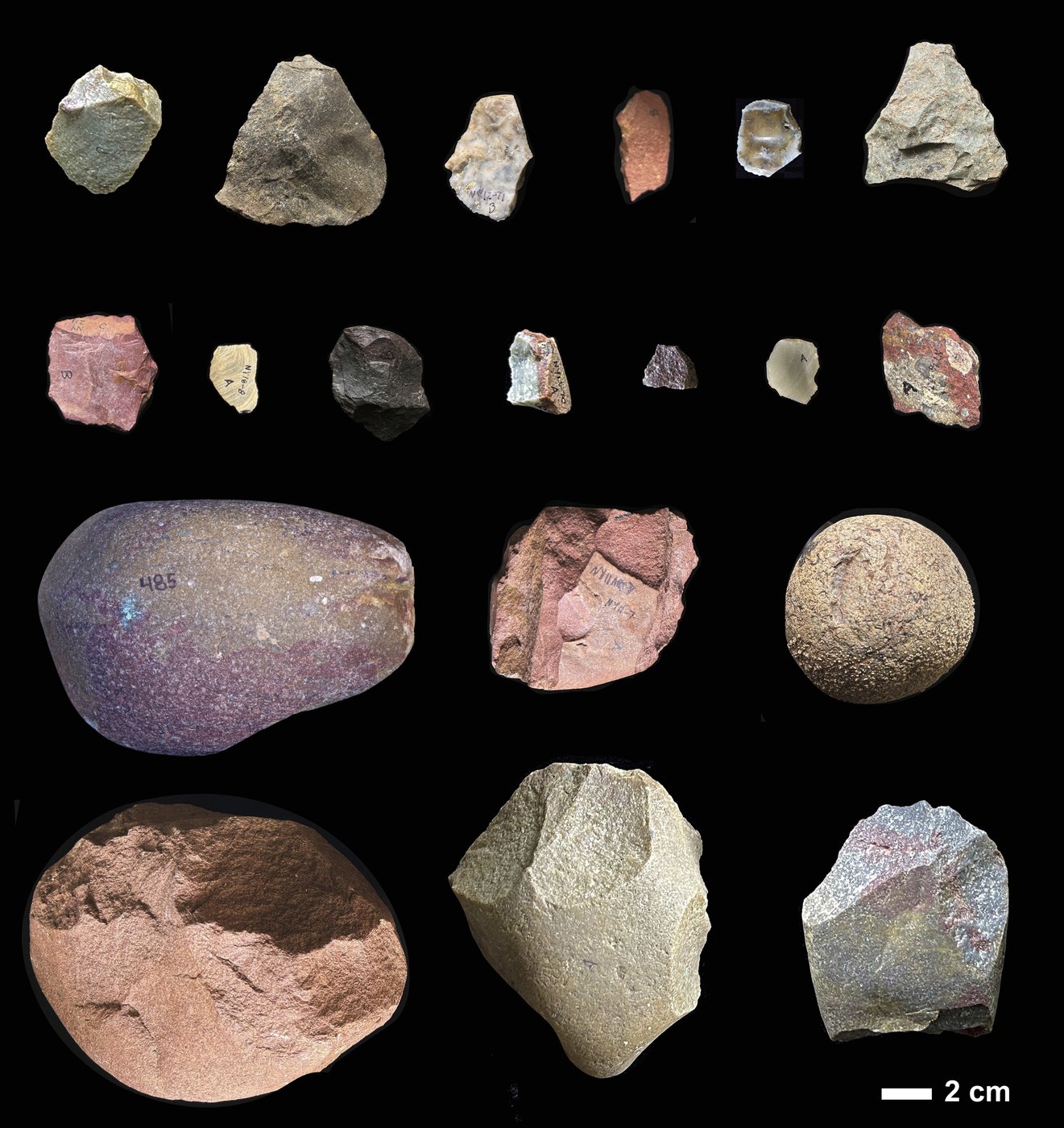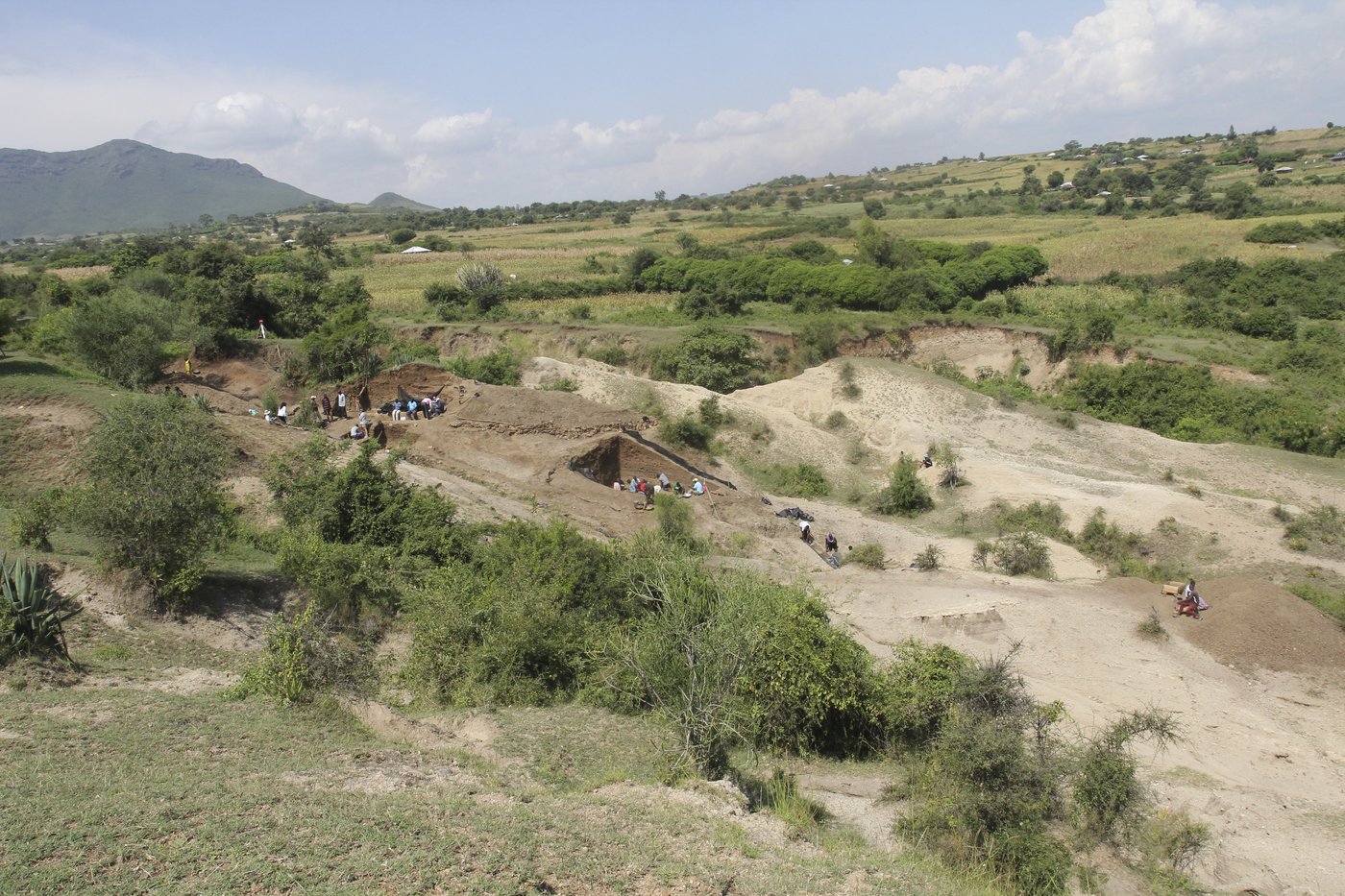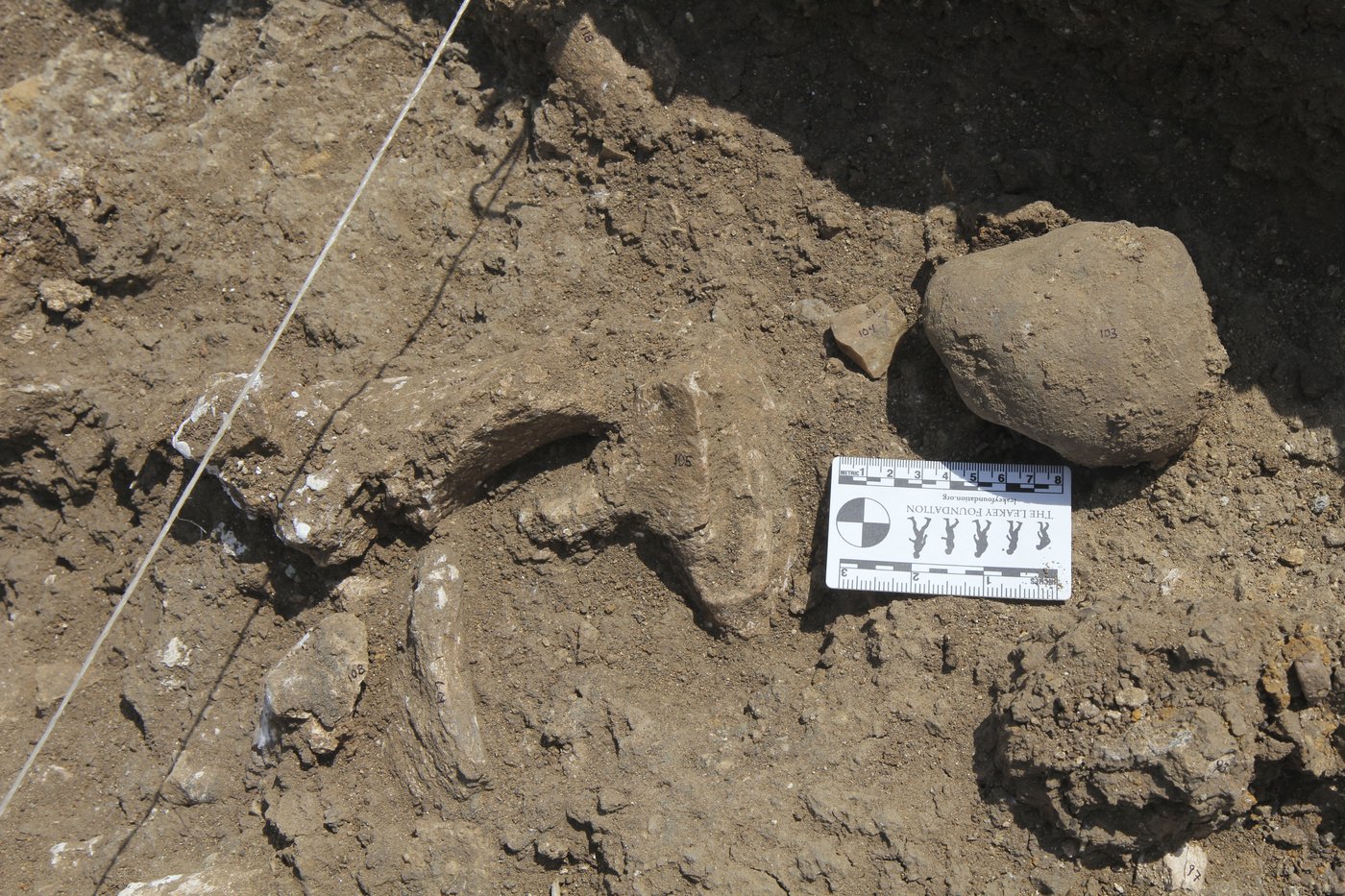Elevate your local knowledge
Sign up for the iNFOnews newsletter today!
Sign up for the iNFOnews newsletter today!
Selecting your primary region ensures you get the stories that matter to you first.

WASHINGTON (AP) — Early human ancestors during the Old Stone Age were more picky about the rocks they used for making tools than previously known, according to research published Friday.
Not only did these early people make tools, they had a mental picture of where suitable raw materials were located and planned ahead to use them, traveling long distances.
By around 2.6 million years ago, early humans had developed a method of pounding rocks together to chip off sharp flakes that could be used as blades for butchering meat.
This allowed them to feast on large animals like hippos that gathered near a freshwater spring at the Nyayanga archaeological site in Kenya.
“But hippo skin is really tough” — and not all rocks were suitable for creating blades sharp enough to pierce hippo skin, said co-author Thomas Plummer, a paleoanthropologist at Queens College of the City University of New York.
Co-author Emma Finestone of the Cleveland Museum of Natural History added: “When we think about stone tools, not every rock is equal in terms of the quality of tools.”
At the Nyayanga site, researchers found durable blades made of quartzite, a rock material that they traced to streambeds and other locations around 8 miles (13 kilometers) away. The new research appears in the journal Science Advances.
“This suggests they’ve got a mental map of where different resources are distributed across the landscape,” said co-author Rick Potts of the Smithsonian’s Human Origins Program.
Previously, researchers had assumed the stones may have been found within just a mile or so of the freshwater spring site.
The new study shows that “these early humans were thinking ahead. This is probably the earliest time we have in the archaeological record an indication of that behavior,” said Eric Delson, a paleoanthropologist at the American Museum of Natural History, who was not involved in the research.
The oldest previously known example of early human ancestors transporting raw materials for tool-making was about 600,000 years later than the Nyayanga site.
Researchers said it’s unclear who these early toolmakers were — whether members of the Homo genus or a related but extinct branch of the family tree, such as Paranthropus.
Homo sapiens did not arise until much later, around 300,000 years ago.
But the knack for seeking out the best raw materials to make simple technology dates back nearly 3 million years. “We today are a species that’s still technology-dependent — using tools to spread around the world and adapt to different environments,” said Finestone.
___
The Associated Press Health and Science Department receives support from the Howard Hughes Medical Institute’s Department of Science Education and the Robert Wood Johnson Foundation. The AP is solely responsible for all content.


This site is protected by reCAPTCHA and the Google Privacy Policy and Terms of Service apply.
Want to share your thoughts, add context, or connect with others in your community?
You must be logged in to post a comment.